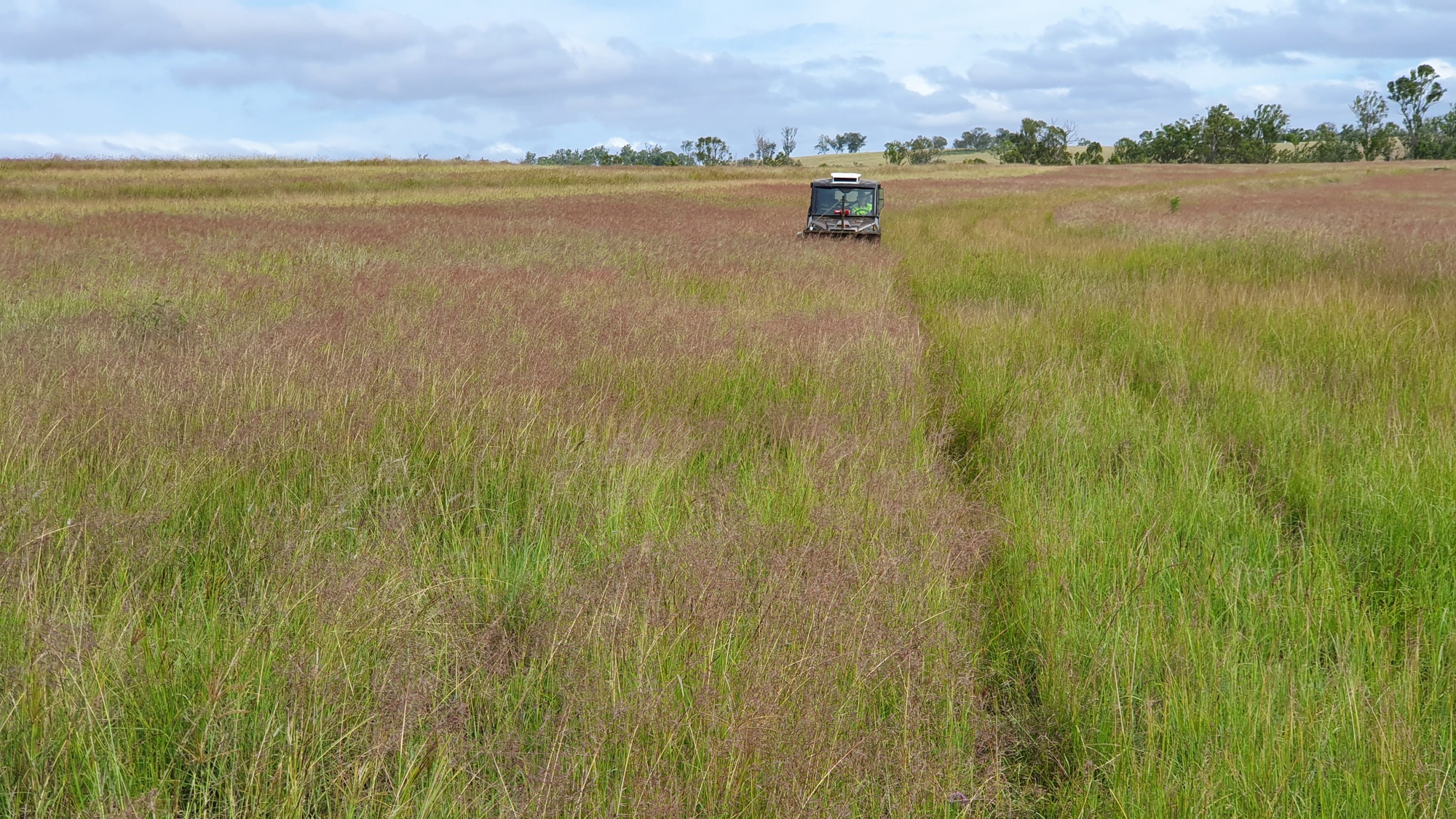Plant Profiles Introduction
From the author,
Lachlan Scanlan
The intention of Queensland Native Seeds online Plant Profiles is twofold.
Firstly, it provides a quick reference centre for seed collectors, rehabilitation operators, environment personnel from mines, engineering companies, environmental consulting agencies and many others who access volumes of data when decision making. The information profile is not designed to be comprehensive, rather to summarise things of importance for the intended users and to compliment data already in the public domain. It does provide a fast view of taxon morphology through photography and otherwise limited notation. Geographical distribution is well covered. Notes on ecology, edaphology, topography are deemed important.
Secondly, these works provide new data for conservationists, nature lovers, gardeners and all other interested parties who may research Australian native plants. In this vein we have also covered some taxa which are not commercial seed prospects, and which are rarely or never known in rehabilitation works of scale such as occur on mined lands and roadsides. These may be plants that are rare and threatened with extinction. An attempt is made to highlight the work of everyday Australians who are passionately engaging with conservation of native flora. A deep connection to nature, to Australia’s landscapes and its ecologies is at the heart of this project. Further, it is held that conservation in Australia cannot be successful without passion from people, without assisting the development of strong emotional ties between people and their natural country.
In order to reach these goals, we seek to produce a quality data set in the public domain. The preference is to limit paraphrasing of work already adequately undertaken. We directly quote and cite authoritative and other quality public reference material, prompting readers to access those references for further elaboration where needed. Additional photography is often deemed of high value in regard to the public data set because photographic descriptions of Australian native flora remain far from complete. Since there is considerable value in new photographs of Australia’s native plant taxa, we have not used any photographs other than those we produce.
Original observational data is also to be added, an example of this including occasions where we discover taxa in locations or on edaphic sites not previously recorded. We have also added some limited notes pertaining to the activity of commercial seed collection of various taxa and also pertaining to rehabilitation practice.
It is the intention of the author to encourage professionalism in the field of environmental work. It is envisaged that in a world where basic material needs are increasingly met at low real cost, that increased attention may be focussed on areas such as protection of environmental values. In many cases these have needed unimaginable time spans to materialise and yet they are so easily and so quickly lost. It is practically impossible to regain these lost values.
Citation method
As can be inferred from the statements above, these works will contain a high proportion of direct quotes. We promote the use of high-quality reference material in the public domain. Therefore, informing users of sources is important. To make researchers and workers involved with Australian native plants aware of information and its sources, we provide attribution and denote verbatim quotations with quotation marks.
